Home>Gardening & Outdoor>Landscaping Ideas>How To Use Straw For Grass Seed
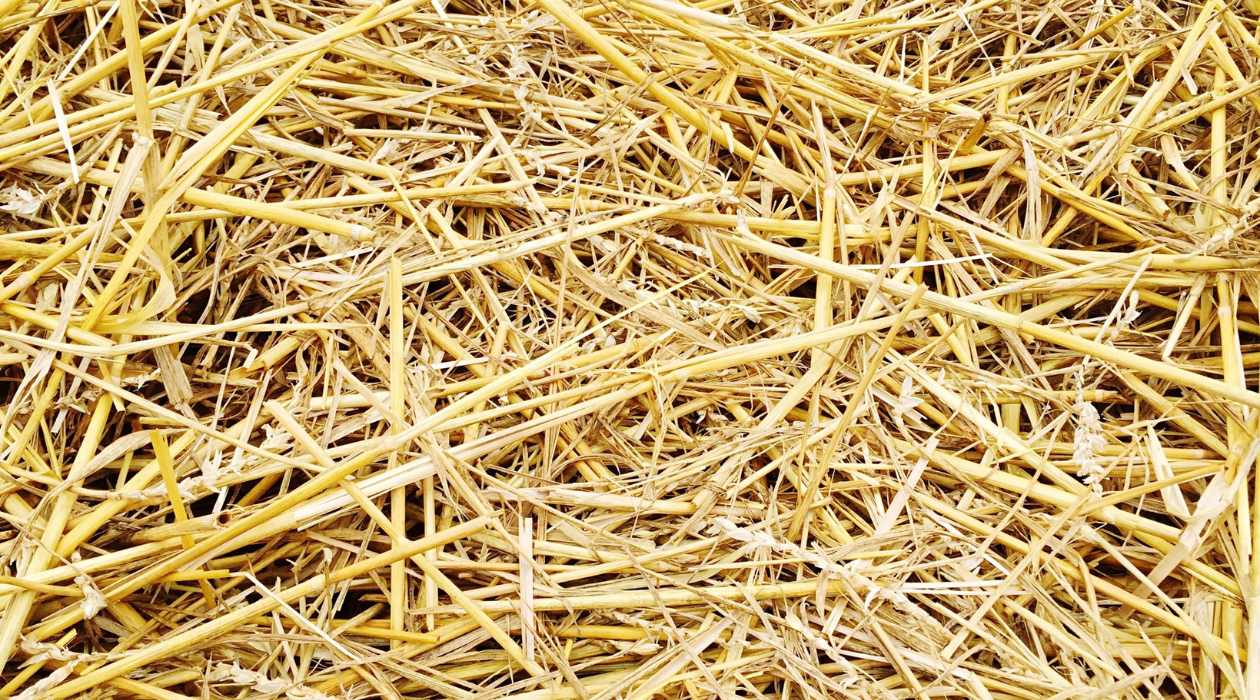

Landscaping Ideas
How To Use Straw For Grass Seed
Modified: June 1, 2024
Learn effective landscaping ideas for grass seed using straw to achieve a lush, healthy lawn. Discover step-by-step instructions and expert tips for successful grass seed application. Boost your lawn's growth and vitality with this essential landscaping technique.
(Many of the links in this article redirect to a specific reviewed product. Your purchase of these products through affiliate links helps to generate commission for Storables.com, at no extra cost. Learn more)
Introduction
Welcome to the world of landscaping, where the lush green of a well-maintained lawn can transform any outdoor space into a serene oasis. If you’re considering sowing grass seed to revitalize your lawn, you’re in for a treat. Using straw in conjunction with grass seed can significantly enhance the success of your seeding efforts. In this article, we’ll explore the benefits of using straw for grass seed, the various types of straw suitable for this purpose, and the step-by-step process of preparing the area, sowing the seed, and caring for the newly seeded area. By the end, you’ll be equipped with the knowledge and confidence to embark on this landscaping journey and achieve a vibrant, flourishing lawn.
Key Takeaways:
- Using straw for grass seed helps retain moisture, control erosion, regulate temperature, suppress weeds, and protect seeds from birds and wind, leading to successful seeding and long-term lawn health.
- Before sowing grass seed with straw, prepare the area by clearing debris, loosening soil, leveling the ground, testing soil quality, and considering soil amendments for optimal grass growth.
Read more: Should I Use Straw When Planting Grass Seed
Benefits of Using Straw for Grass Seed
Using straw as a mulch for grass seed offers a multitude of benefits that contribute to the successful establishment of new grass. Here are some key advantages:
- Moisture Retention: Straw helps retain moisture in the soil, creating an optimal environment for seed germination and early growth. By preventing the soil from drying out too quickly, the straw provides a consistent moisture level that supports healthy seedling development.
- Erosion Control: When applied correctly, straw forms a protective layer that minimizes soil erosion caused by wind and water. This is particularly beneficial on sloped or uneven terrain where soil displacement is a concern.
- Temperature Regulation: The insulating properties of straw help moderate soil temperature, shielding the seeds and young grass from extreme heat or cold. This stable temperature encourages robust root development and overall plant resilience.
- Weed Suppression: A layer of straw acts as a natural weed barrier, inhibiting the germination and growth of unwanted plants that could compete with the grass seedlings. This reduces the need for herbicides and manual weeding efforts.
- Protection from Birds and Wind: Straw coverage deters birds from consuming the grass seed and provides a barrier against strong winds that could dislodge or scatter the seeds before they have a chance to establish in the soil.
By harnessing these benefits, using straw as a mulch for grass seed not only enhances the success rate of seeding but also promotes the long-term health and vitality of the newly established grass.
Types of Straw for Grass Seeding
When selecting straw for grass seeding, it’s essential to choose a type that aligns with the specific needs of your landscaping project. Here are some common types of straw used for grass seeding:
- Wheat Straw: This type of straw is widely used for grass seeding due to its availability and affordability. Wheat straw is known for its light golden color and is generally free from weed seeds, making it a popular choice for landscaping projects.
- Barley Straw: Barley straw is another viable option for grass seeding. It tends to be slightly more durable than wheat straw and can provide effective coverage for newly sown grass seed. Like wheat straw, barley straw is often free from weed seeds, contributing to a cleaner seeding process.
- Oat Straw: Oat straw is valued for its relatively fine texture, which allows for even distribution over the seeded area. It offers good coverage and moisture retention properties, supporting the germination and early growth stages of grass seedlings.
- Rice Straw: Rice straw is a lightweight and easily decomposable option for grass seeding. It provides effective mulching and helps retain moisture in the soil. Due to its finer texture, it integrates well with the soil and does not hinder the emergence of grass seedlings.
- Rye Straw: Rye straw is known for its durability and ability to withstand wind and water erosion. It offers reliable coverage and protection for newly sown grass seed, making it a suitable choice for areas prone to environmental stress.
Each type of straw brings unique characteristics to the seeding process, and the choice ultimately depends on factors such as availability, regional preferences, and specific project requirements. By understanding the distinctions among these types of straw, you can make an informed decision that aligns with the needs of your grass seeding endeavor.
Preparing the Area for Seeding
Before sowing grass seed with straw, it’s crucial to prepare the target area to create an optimal environment for successful germination and growth. Follow these steps to ensure the area is primed for seeding:
- Clear the Area: Remove any debris, rocks, or existing vegetation from the area where you intend to sow the grass seed. Clearing the space allows for better seed-to-soil contact and prevents potential obstacles to seedling emergence.
- Loosen the Soil: Use a rake or garden tiller to loosen the top layer of soil. This process improves soil aeration and facilitates water penetration, creating a favorable foundation for seed germination and root development.
- Level the Ground: Smooth out the soil surface to create a uniform and level area for seeding. This step helps ensure consistent coverage and promotes even growth across the entire seeded area.
- Address Soil Quality: Test the soil to assess its pH level and nutrient content. Based on the results, amend the soil with organic matter or fertilizers as needed to create an optimal growing environment for the grass seedlings.
- Consider Soil Amendments: If the soil lacks essential nutrients or has poor drainage, consider incorporating compost, peat moss, or other soil amendments to enhance its quality and provide a nurturing foundation for the grass seed.
By diligently preparing the area for seeding, you set the stage for successful grass establishment and long-term vitality. These preparatory measures create a conducive environment for the grass seed and maximize the likelihood of a healthy and thriving lawn.
When using straw for grass seed, make sure to spread a thin layer over the seeded area to help retain moisture and protect the seeds from birds. Avoid using too much straw, as it can prevent the seeds from germinating.
Applying Grass Seed with Straw
Once the area is properly prepared, it’s time to sow the grass seed and apply straw to facilitate the germination process. Follow these steps for effectively applying grass seed with straw:
- Even Seed Distribution: Use a broadcast spreader or hand spreader to evenly distribute the grass seed across the prepared area. Ensure thorough coverage while avoiding excessive seed concentration in any particular spot.
- Uniform Straw Application: After sowing the grass seed, apply a layer of straw over the seeded area. The straw should be spread evenly, aiming for a coverage depth of approximately ¼ to ½ inch. This layer acts as a protective mulch, promoting moisture retention and shielding the seeds from environmental stressors.
- Lightly Water the Area: After applying the straw, lightly water the seeded area to settle the straw in place and initiate the initial moisture absorption. Be cautious not to overwater, as excessive moisture can lead to seed displacement or hinder germination.
- Monitor Moisture Levels: Regularly check the moisture levels in the seeded area. The straw helps retain moisture, but it’s important to supplement with additional watering as needed to keep the soil consistently moist during the germination period.
- Protective Measures: Consider using biodegradable netting or a protective mesh over the seeded area to prevent the straw from being displaced by wind or birds. This safeguard ensures that the straw remains in place to support the germination and early growth of the grass seedlings.
By following these steps, you can effectively apply grass seed with straw, setting the stage for successful germination and the establishment of healthy, vibrant grass in the targeted area. The combination of proper seeding techniques and straw application maximizes the chances of a lush and thriving lawn.
Read more: How To Lay Straw Over Grass Seed
Caring for Newly Seeded Area
After applying grass seed with straw, diligent care and maintenance are essential to nurture the newly seeded area and promote the healthy establishment of the grass. Follow these guidelines to ensure optimal care for the newly seeded area:
- Watering Schedule: Establish a consistent watering schedule to keep the soil moist but not waterlogged. Initially, water the seeded area lightly multiple times per day to maintain adequate moisture for seed germination. As the grass seedlings emerge and mature, gradually transition to a less frequent but deeper watering schedule to encourage strong root development.
- Monitor Growth: Keep a close eye on the progress of the grass seedlings. As they begin to emerge, adjust the watering frequency and intensity based on the specific needs of the developing grass. It’s crucial to provide the right balance of moisture to support healthy growth.
- Minimize Foot Traffic: Limit foot traffic and other activities in the newly seeded area to prevent soil compaction and potential damage to the delicate grass seedlings. Minimizing disturbances allows the grass to establish strong roots and develop uniformly across the seeded area.
- Address Weed Control: Monitor the area for weed growth and promptly address any invasive plants that may compete with the grass seedlings. Hand-pulling weeds or using targeted herbicides can help maintain a weed-free environment for the emerging grass.
- Gradual Fertilization: Once the grass seedlings have established and matured, consider applying a balanced fertilizer to provide essential nutrients for sustained growth. However, avoid fertilizing too early, as it may overwhelm the young grass and impede its development.
By adhering to these care practices, you can nurture the newly seeded area and support the successful establishment of a lush and resilient lawn. Consistent attention and thoughtful maintenance contribute to the long-term health and vibrancy of the grass, ensuring a visually stunning and inviting outdoor space.
Conclusion
Embarking on a grass seeding project and utilizing straw as a mulch presents an exciting opportunity to transform your outdoor space into a verdant sanctuary. The benefits of using straw for grass seed, including moisture retention, erosion control, and weed suppression, lay the foundation for successful seeding and the establishment of a thriving lawn. Understanding the various types of straw available for grass seeding allows you to make an informed choice that aligns with the specific needs of your landscaping project.
Properly preparing the area for seeding sets the stage for successful germination and growth, ensuring that the grass seedlings have an optimal environment to take root and flourish. Applying grass seed with straw in a meticulous and even manner, coupled with attentive care for the newly seeded area, fosters the healthy establishment of the grass and contributes to a lush and resilient lawn.
As you witness the gradual emergence and maturation of the grass seedlings, your dedicated care and maintenance efforts play a pivotal role in nurturing the new growth and safeguarding it from potential stressors. By adhering to best practices for watering, monitoring growth, minimizing disturbances, and addressing weed control, you provide the necessary support for the grass to thrive and create a visually stunning outdoor oasis.
In conclusion, the combination of grass seed and straw, when accompanied by thoughtful preparation and diligent care, paves the way for the realization of your landscaping vision. With patience, attention to detail, and a nurturing touch, you can cultivate a lush, vibrant lawn that enhances the beauty and tranquility of your outdoor living space for years to come.
Frequently Asked Questions about How To Use Straw For Grass Seed
Was this page helpful?
At Storables.com, we guarantee accurate and reliable information. Our content, validated by Expert Board Contributors, is crafted following stringent Editorial Policies. We're committed to providing you with well-researched, expert-backed insights for all your informational needs.
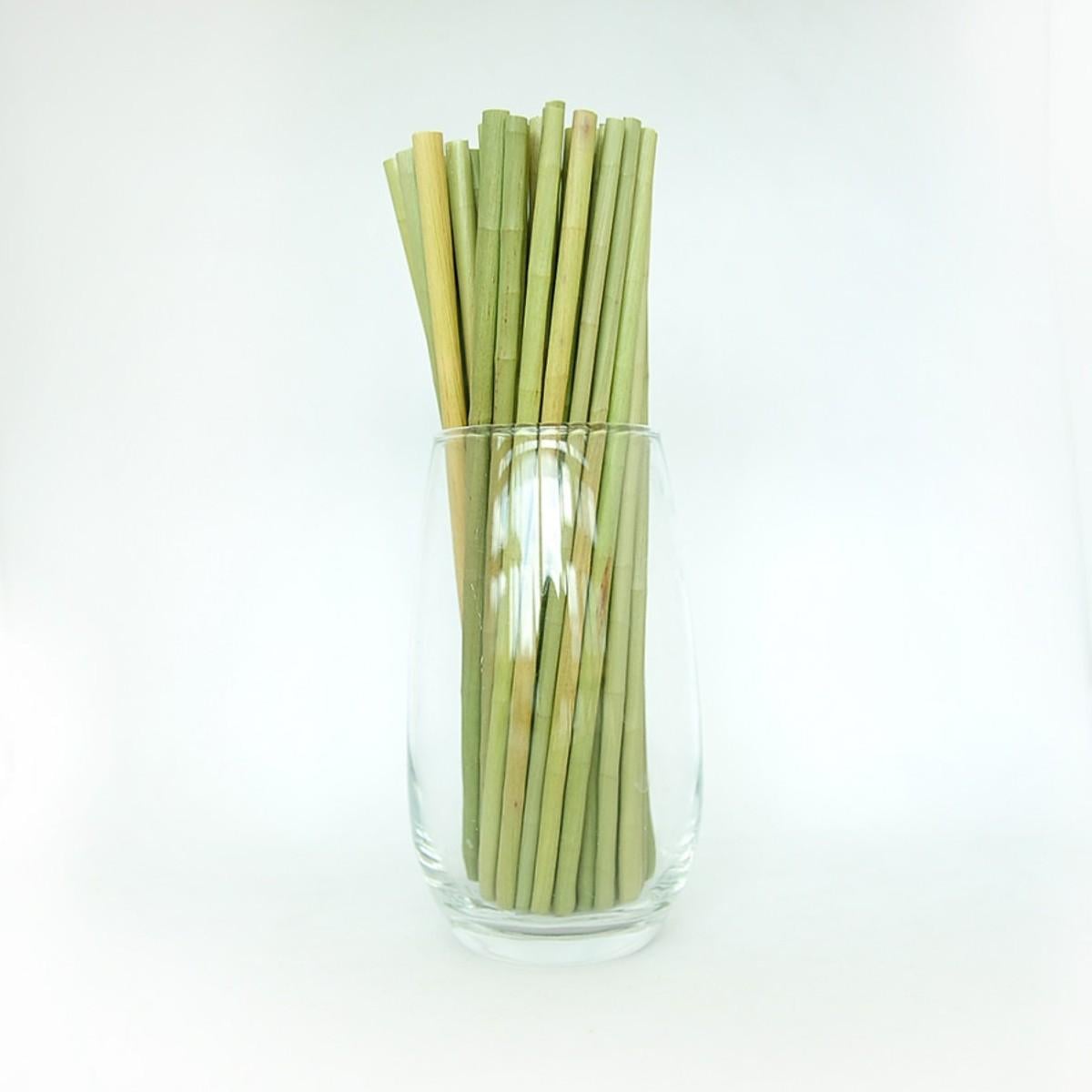
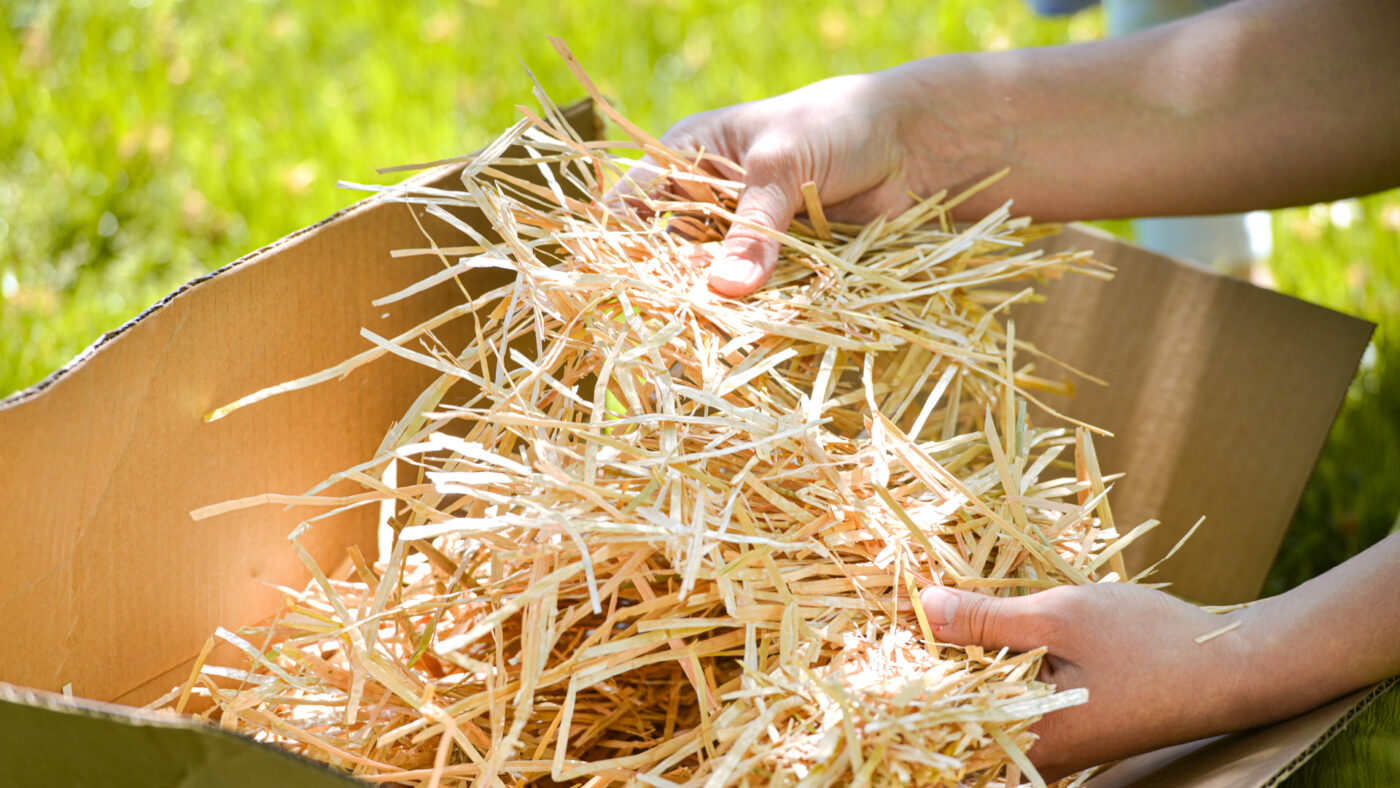
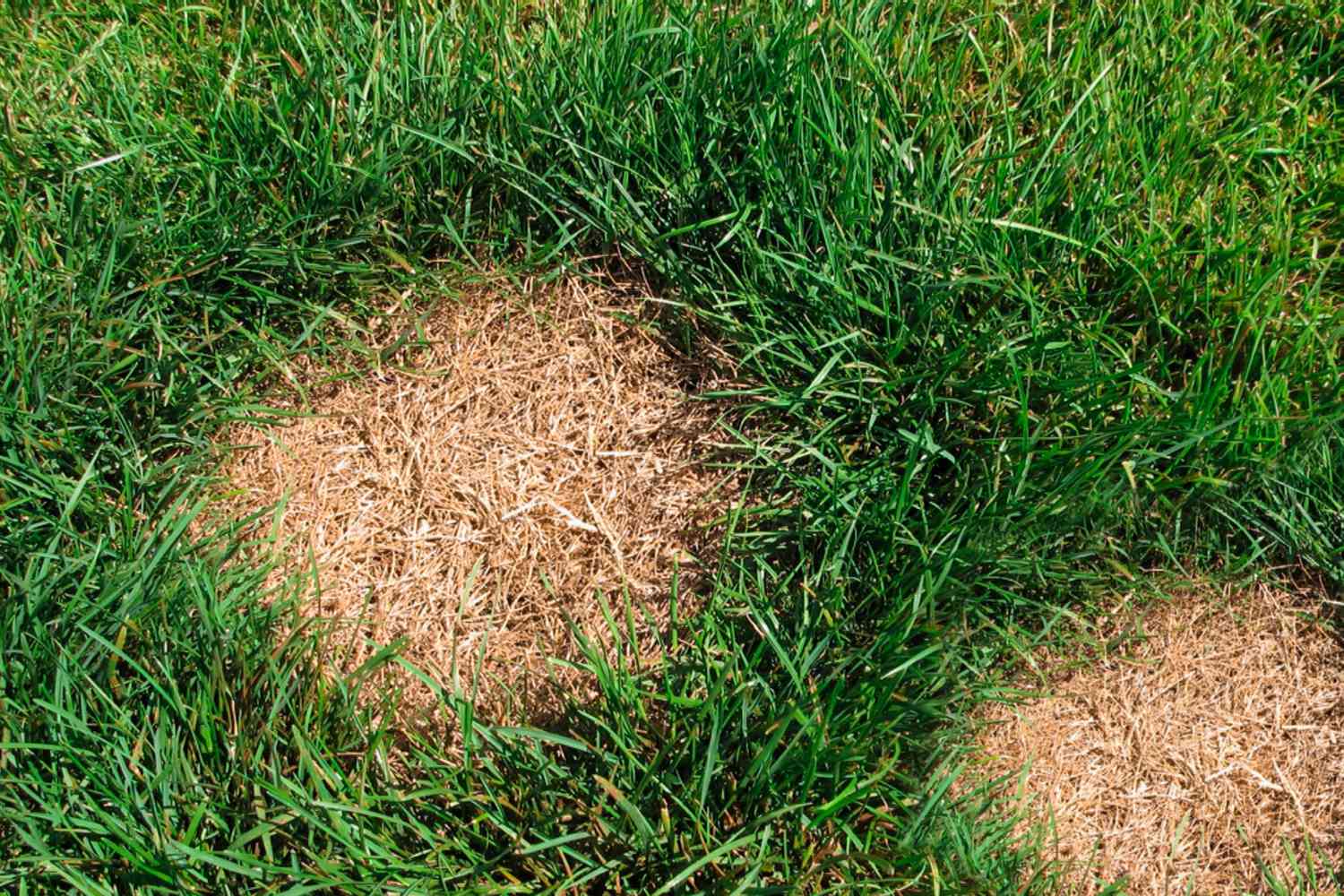
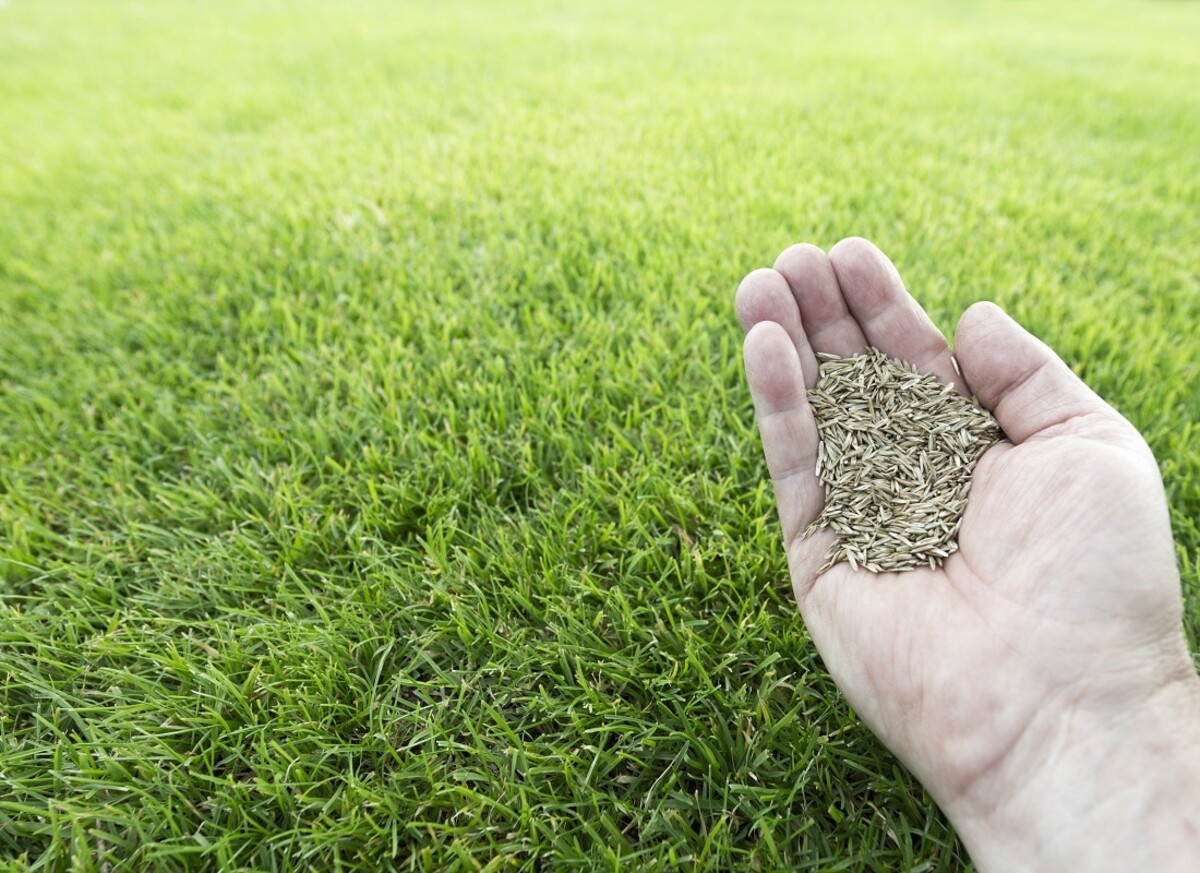
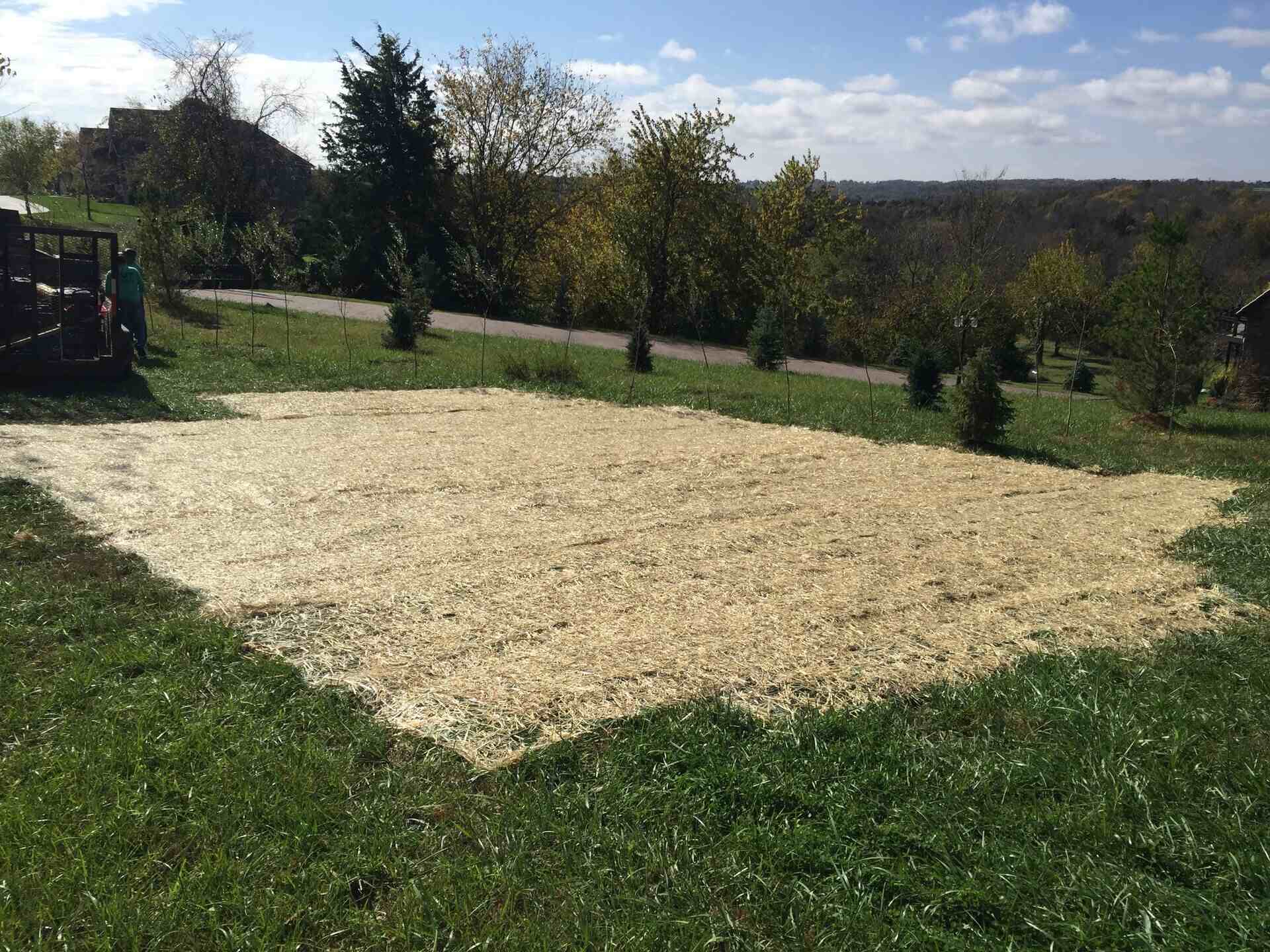
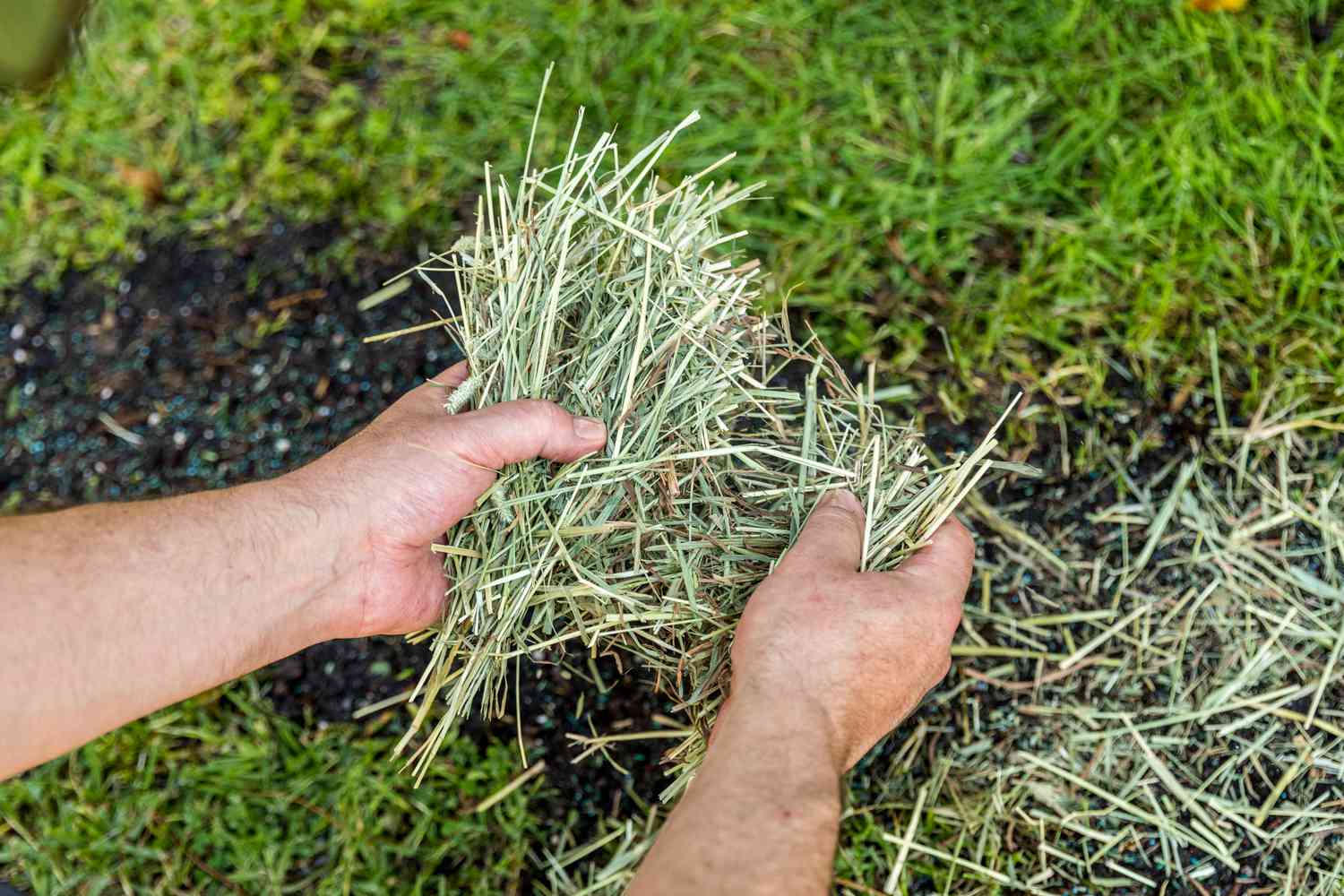
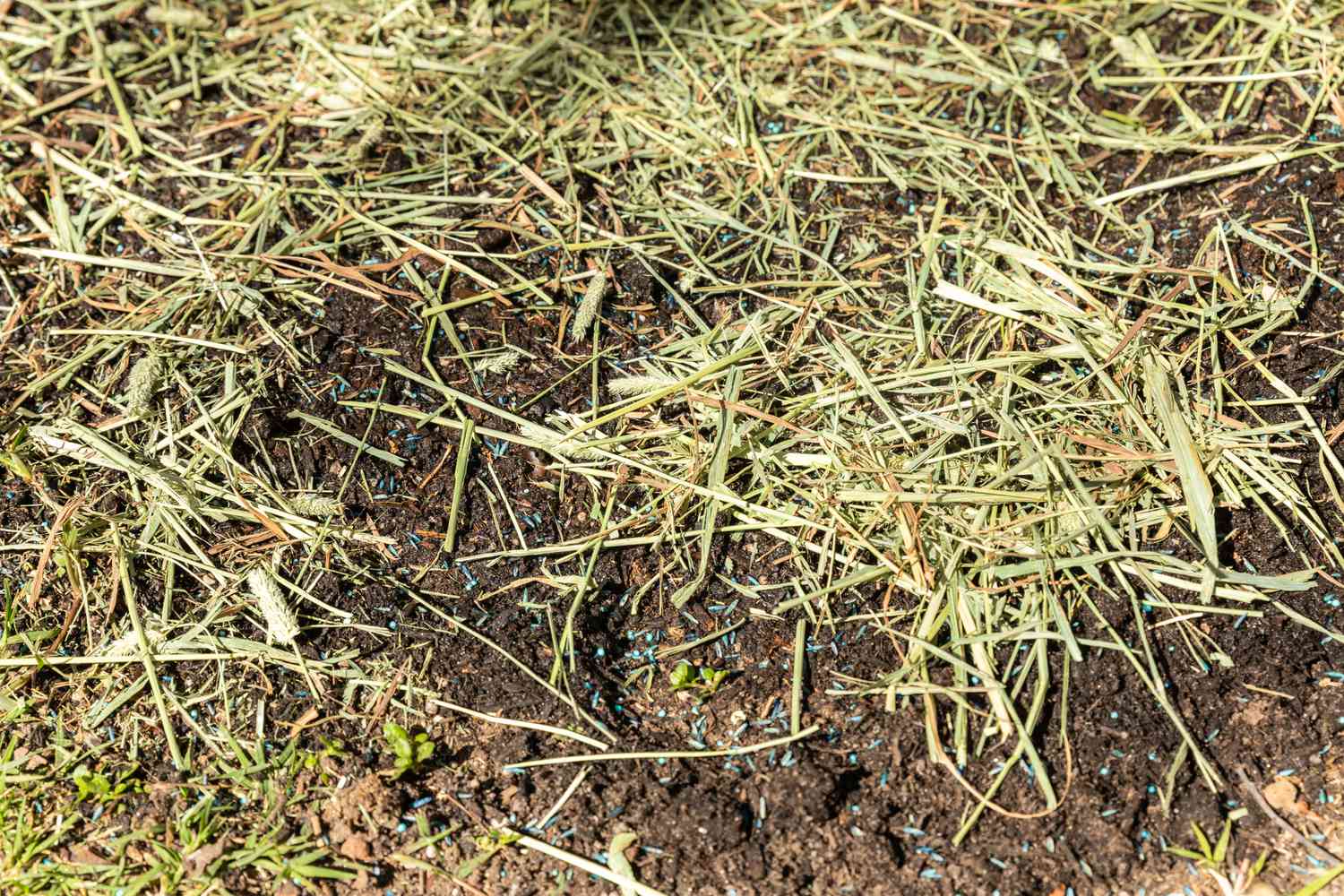
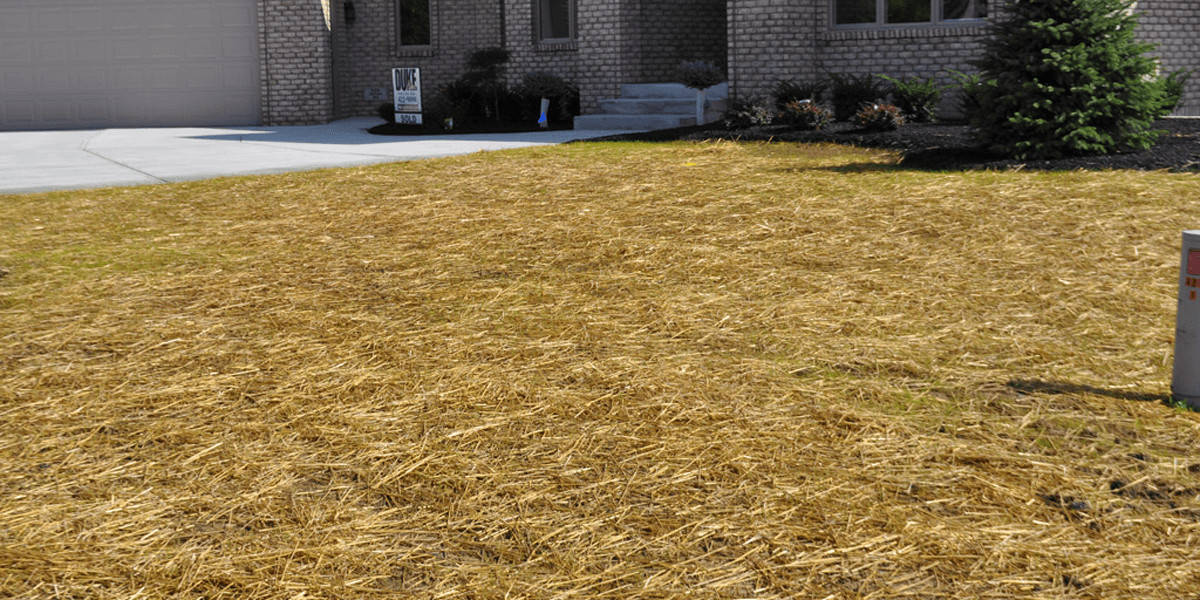
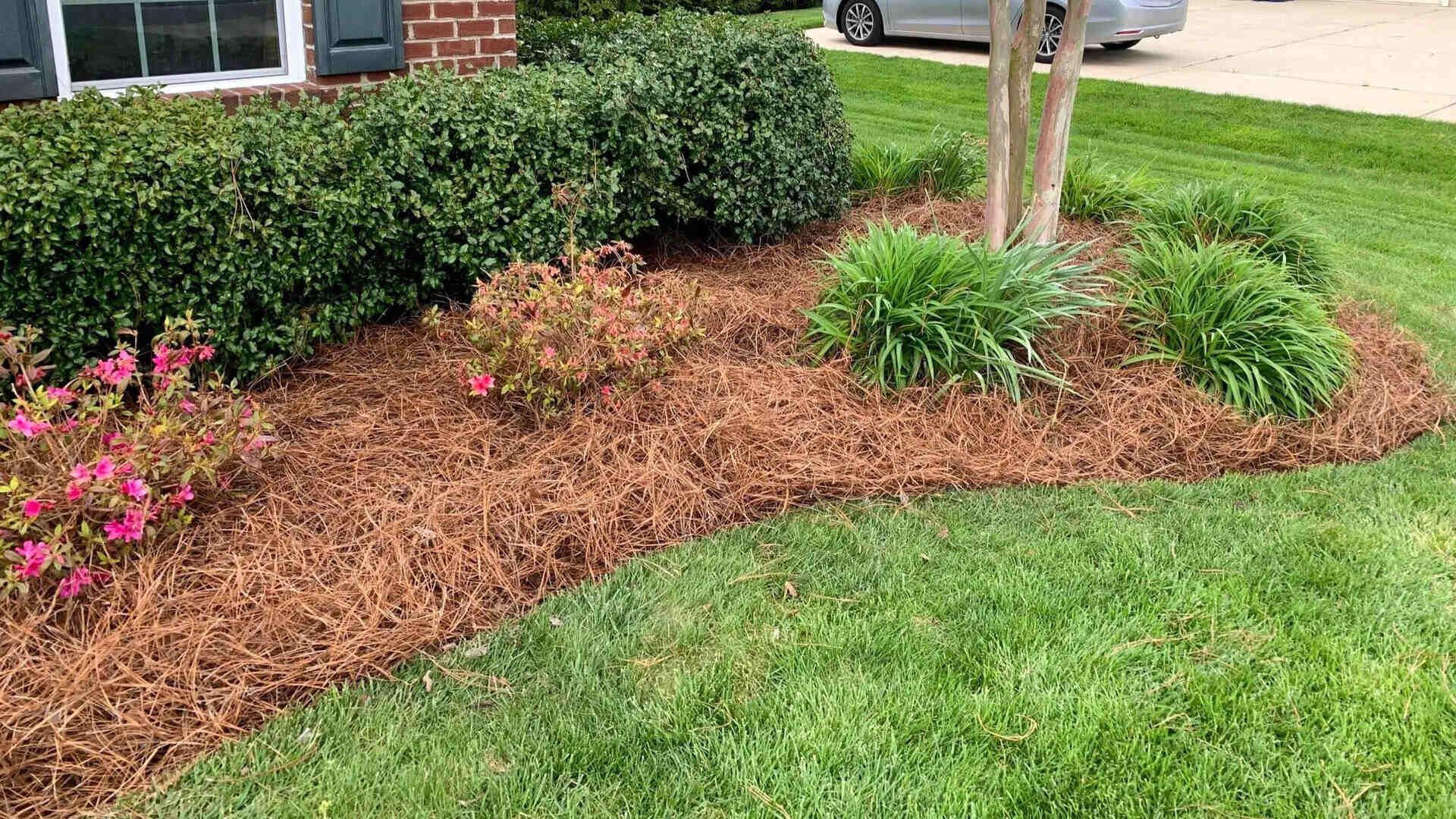
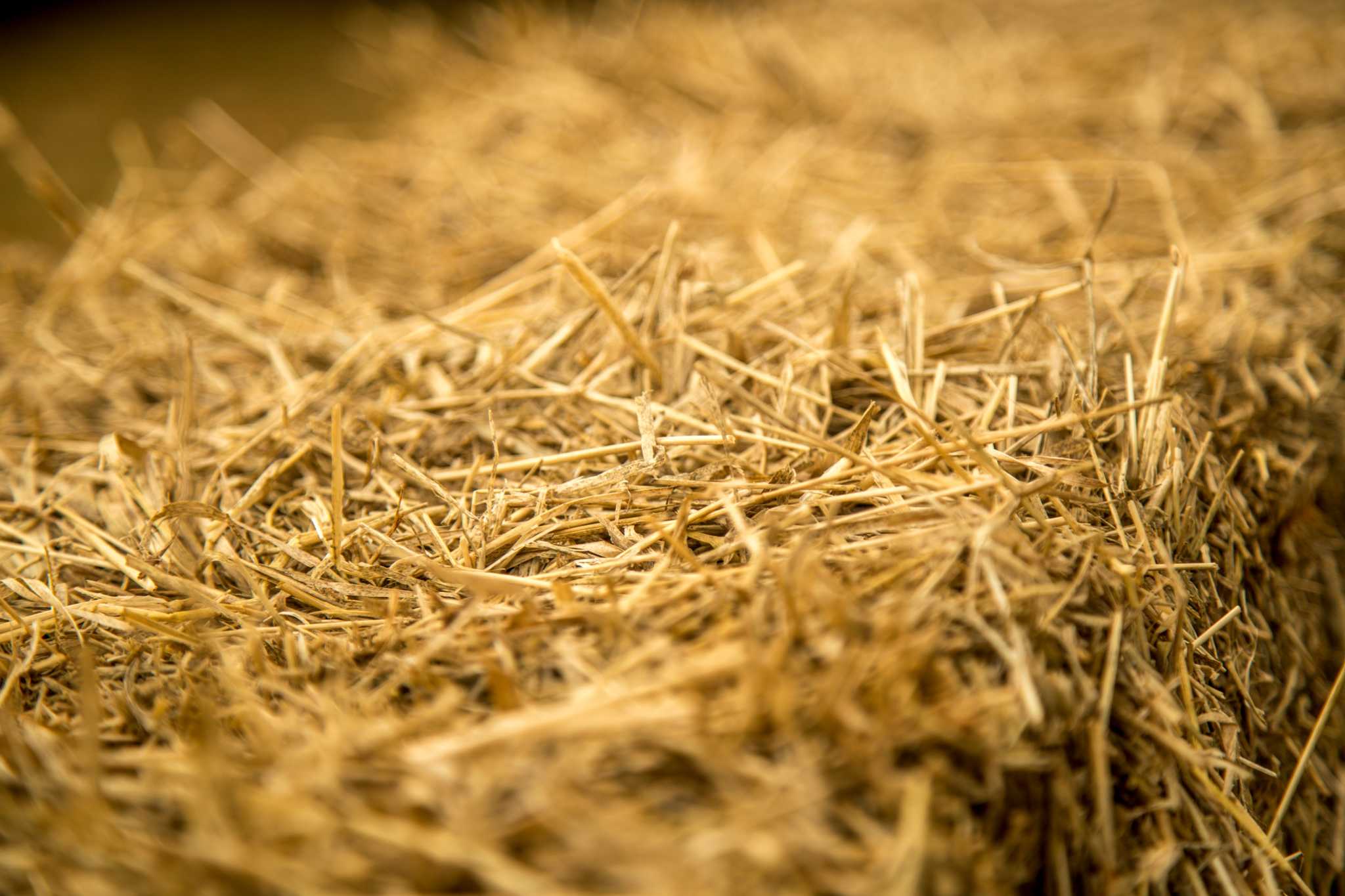
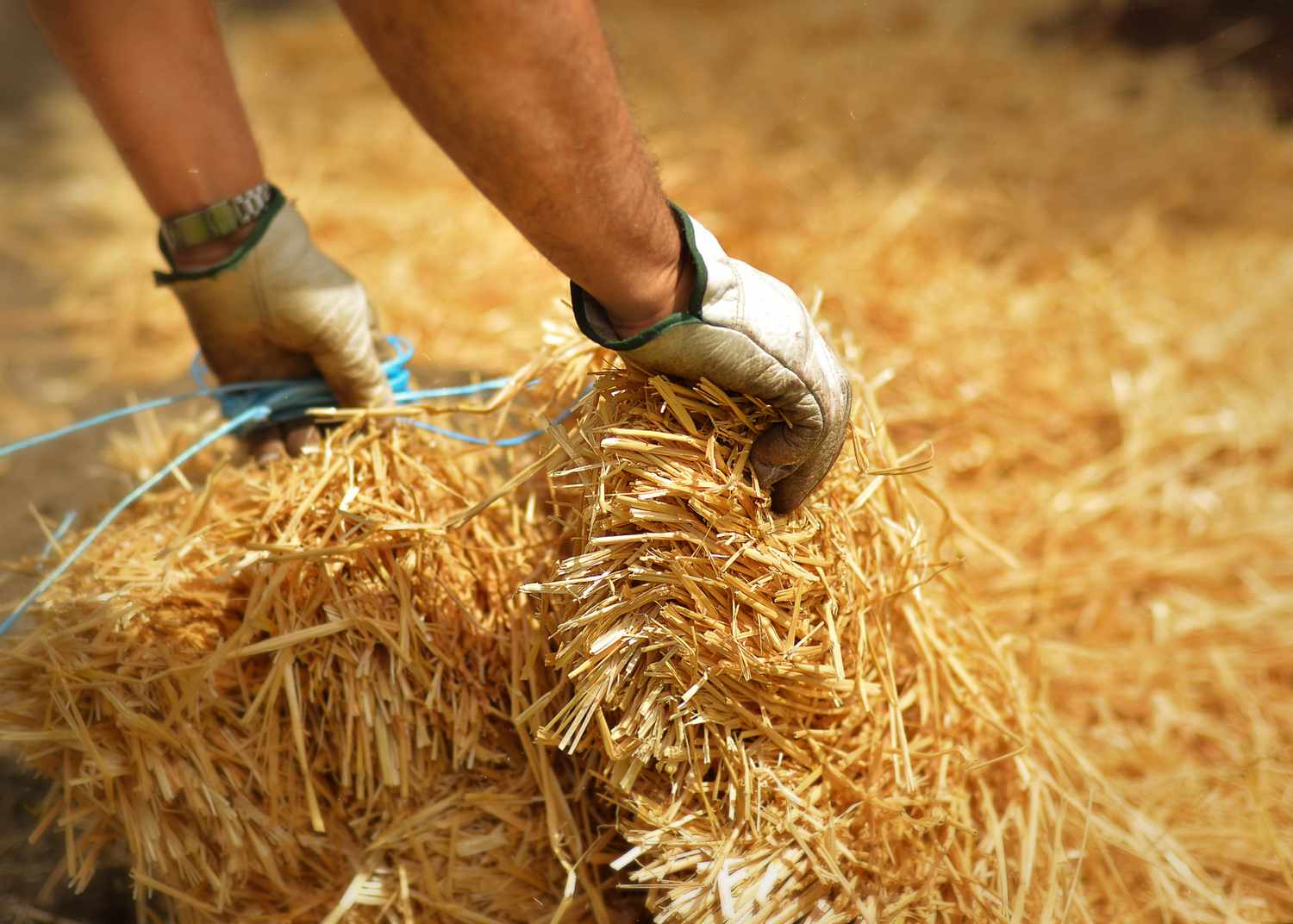
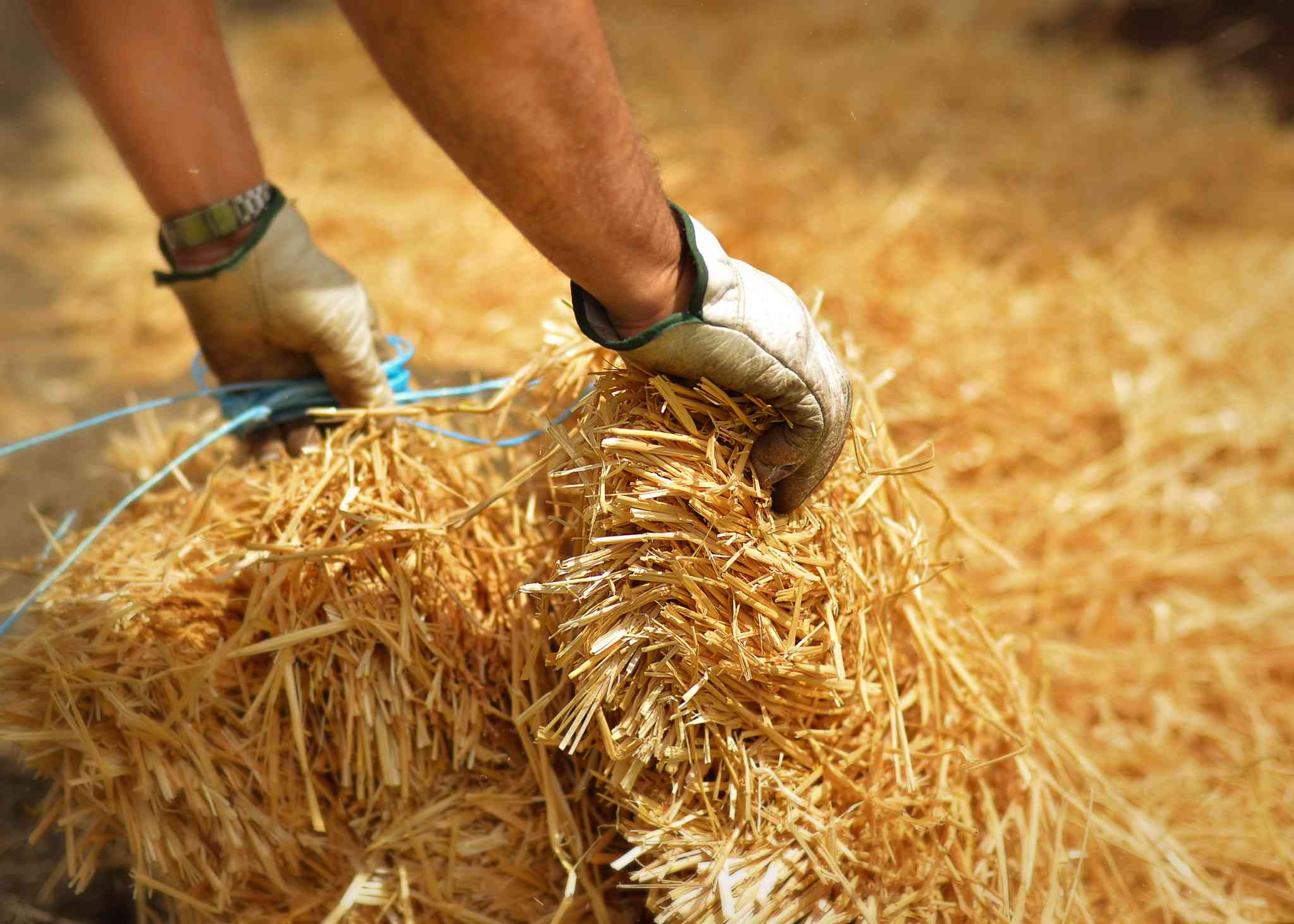
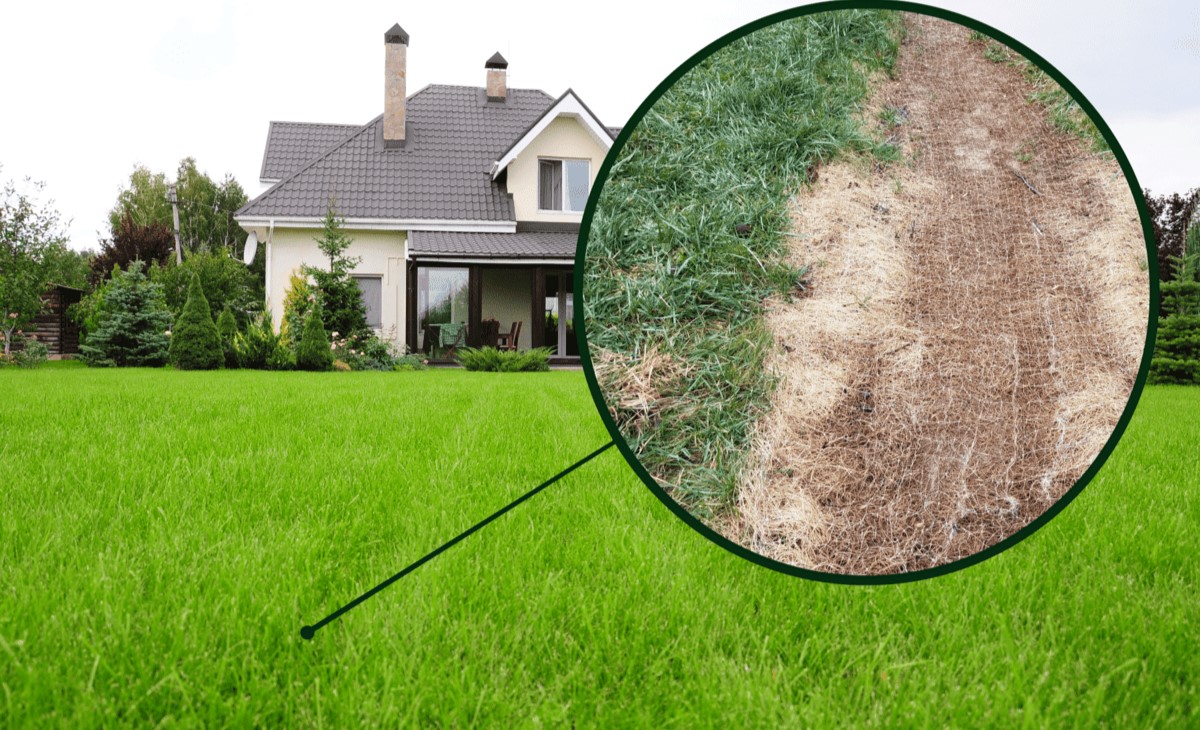
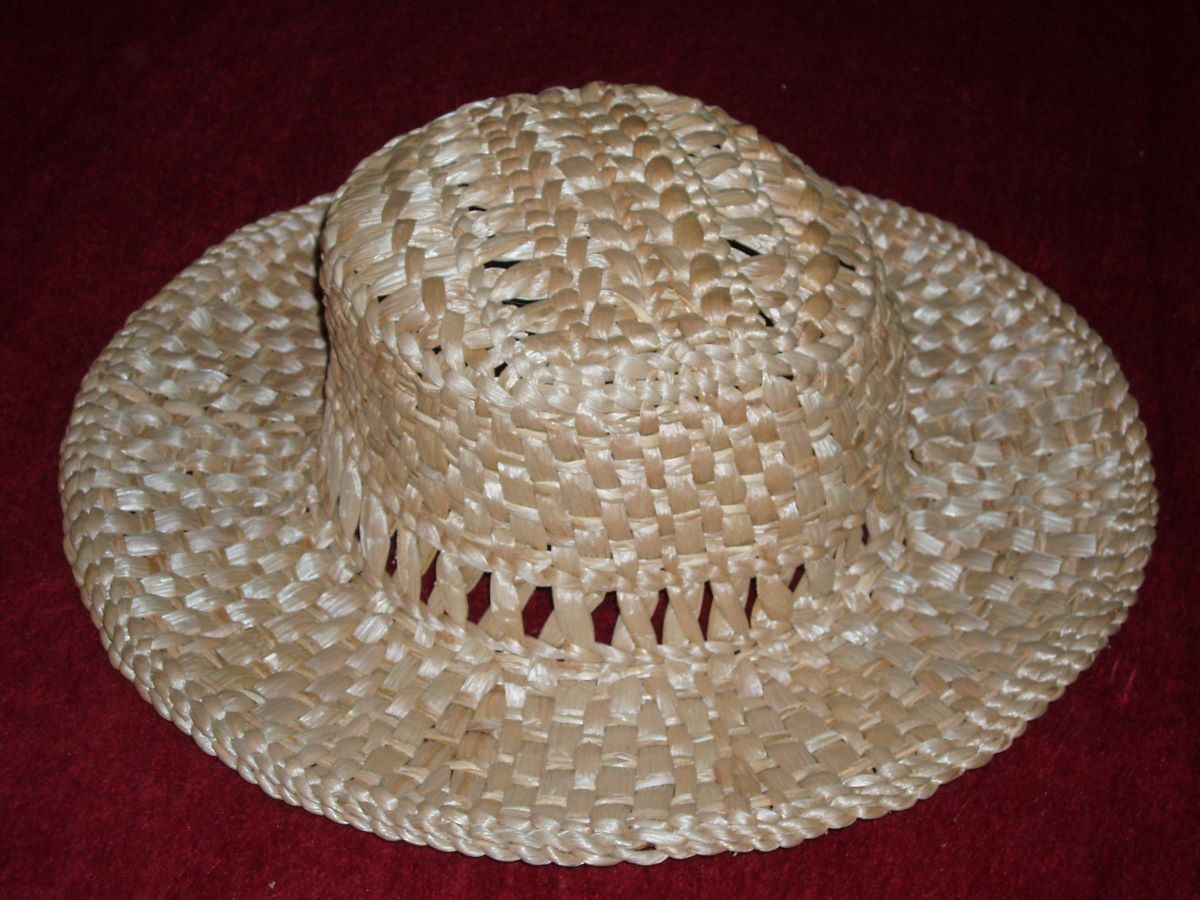

0 thoughts on “How To Use Straw For Grass Seed”